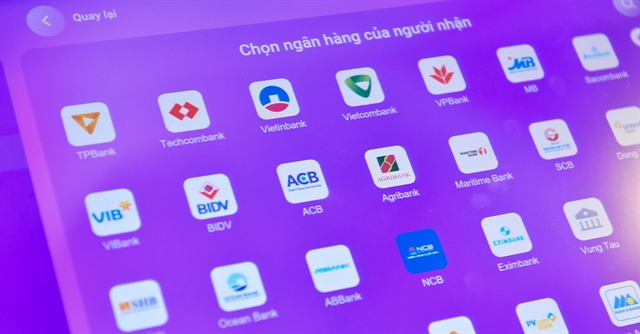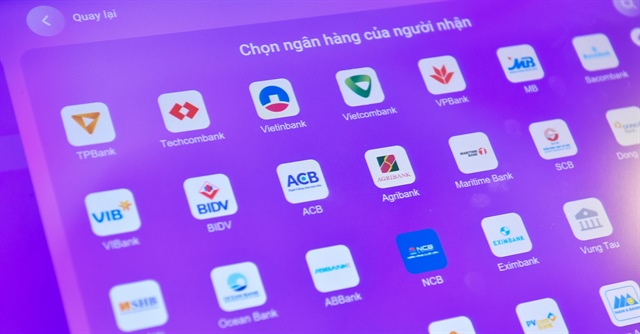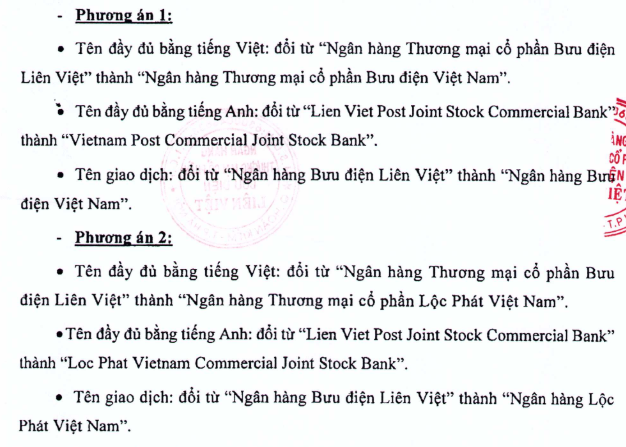Significant progress has been made in addressing cross-ownership and exceeding the ownership limit within the credit institution system (CIs). The manipulation and control of banks by major shareholders or shareholder groups have significantly decreased compared to the previous period.
According to the SBV’s report to the National Assembly before the 9th session, exceeding the 5% ownership limit in other CIs has significantly reduced.
Shareholders and related parties exceeding the prescribed ownership limit are mainly in state-owned corporations and enterprises. The SBV recommends continuing to direct the handling to concentrate capital on the main business activities and more efficient capital use.

Illustration: Nam Khanh |
Although it mainly occurred before the Law on Credit Institutions of 2010 took effect, exceeding the prescribed ownership limit and direct cross-ownership between CIs and between CIs and enterprises are gradually being handled.
In addition, the Law on Credit Institutions of 2024 also provides stricter regulations on ownership ratios. Accordingly, CIs with ownership ratios higher than those prescribed in the Law on Credit Institutions of 2024 will continue to build a roadmap to ensure compliance with the Law and related guiding circulars of the SBV.
However, the SBV also mentioned difficulties and obstacles in detecting, preventing, and handling cross-ownership and ownership with a manipulative and controlling nature in CIs.
Specifically, controlling cross-ownership is very challenging when shareholders and related parties of shareholders deliberately conceal their ownership by asking individuals or organizations to hold shares on their behalf to circumvent regulations on cross-ownership/excessive ownership or lending limits to related customer groups.
This leads to the potential risk of CI operations lacking transparency and openness, which can only be discovered and identified through investigations by investigative agencies.
Determining the ownership relationship between enterprises, especially non-public enterprises, remains challenging due to a lack of transparency. The SBV cannot proactively retrieve information or determine the accuracy and reliability of information sources, especially in the context of the rapid development of the stock market and technology as of the present.
Cross-ownership may involve many objects under the management of ministries and sectors, including the situation of exceeding the ownership limit at state-owned commercial banks with a large proportion of ownership. These commercial banks face difficulties in requiring these shareholders to divest.
In the coming time, the SBV will continue to supervise the safe operation of CIs and, through inspections of capital, the ownership situation of CIs, lending, investment, and capital contribution. If any risks or violations are detected, the SBV will direct the CIs to handle the problems to prevent risks.
The SBV affirms that it will continue to conduct inspections according to plans or unexpected inspections if necessary, focusing on ownership ratios, buying and selling CI shares, and lending to large customers (lending, investing in corporate bonds…). The goal is to detect and direct the handling of problems, especially violations in lending, investing, contributing capital, and buying CI shares.
Tuân Nguyễn
– 05:30 05/07/2025
The Capital Injection Conundrum: Why Are Businesses Still Struggling to Secure Loans Despite Banks’ Efforts?
The banking sector injected nearly VND 200,000 billion into the economy in the first few months of the year, yet businesses still cry out for easier access to this capital. Experts assert that directing this bank funding towards businesses requires a harmonious interplay between governing policies, strategic banking initiatives, and proactive enterprise from businesses themselves.
The Birth of State Bank’s 14th Regional Branch
On March 25th, the city of Can Tho played host to a conference announcing the State Bank of Vietnam’s decision to establish the State Bank – Region 14, encompassing the provinces of Can Tho, Hau Giang, Soc Trang, Vinh Long, and Bac Lieu. The conference also served as a platform to introduce the appointed leaders of the newly formed regional branch.





















